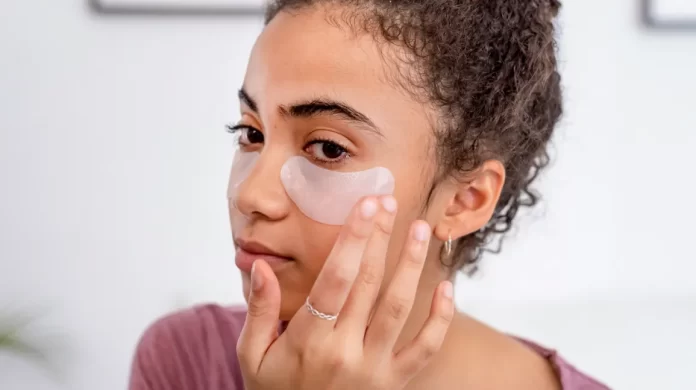The appearance of your skin changes as you get older. Your skin’s natural elastin and collagen begin to break down, resulting in a loss of firmness. These changes can turn smooth, youthful-looking skin into wrinkled, sagging skin combined with sun exposure, environmental contaminants, and lifestyle choices like smoking or excessive drinking.
Cosmetic facial surgery is no longer your only choice when the skin starts to sag. Cosmetic dermatology provides a number of non-invasive sagging skin treatments that can assist in tightening, firming, and lifting your skin for a more youthful look.
Skin tightening procedures are a good approach to improve the quality of your skin and address concerns like skin laxity. Energy-based treatments tone what’s already there rather than physically remove it.
How Can I Lift And Tighten My Face Non-Surgically?
Eyelid skin reduction (blepharoplasty), facelifts, and brow lifts have been used to tighten and lift the skin on the face, but surgery isn’t for everyone.
Non-surgical procedures are a less invasive alternative to surgical procedures with almost similar effects. The amount of collagen generated by the body decreases as we age, and as collagen production declines, fine lines and wrinkles appear.
These non-invasive treatments can help reduce the indications of aging, boost collagen production, and deliver immediate benefits with minimal to no downtime.
Ultherapy
Ultherapy is a treatment that uses concentrated ultrasonic energy to treat the skin’s deep structural levels without causing damage to the skin’s surface. The procedure uses concentrated ultrasound energy on a single deep-skin spot. Ultherapy uses several points to target particular spots beneath the skin or as deep as 4mm, to heat these regions to a crucial temperature. Skin tightens, and new collagen is generated, resulting in a natural lifting effect.
This sagging skin treatment is a game-changing procedure since it tightens, lifts, and firms the skin in only one session, eliminating the necessity for a surgical facelift. It encourages the formation of collagen deep within the skin to prevent hurting the skin on the surface.
Ultherapy treats the skin’s basic layers, such as the deep dermis and superficial muscular aponeurotic system layer (or SMAS layer). The skin tightens as a result of this ‘deep heating.’
Dermal Fillers
Volume loss is among the most common causes of facial aging. Skin laxity can result from a loss of volume, similar to how a beach ball would look if it loses some air—as a result, replacing lost volume can ‘re-inflate’ the face while also tightening and lifting the skin. Dermal fillers are the most common treatment for restoring lost facial volume. They can tighten the ski in places such as the cheekbones, jawline, brow, and chin.
Dermal fillers composed of cross-linked hyaluronic acid are the most widely utilized. They’re reversible and temporary, but the duration of these fillers is likely to be far longer than the 6-18 months that most people think they’d last.
After treatment, swelling and bruising are possible, but they should fade away in a few days.
Thermage
Thermage is a treatment that uses radio frequency (RF) energy to penetrate deep into the dermis and enhance the look of the skin from the inside. Existing collagen fibers contract and new collagen are generated because of the RF heat.
This process uses a delivery system that results in “bulk heating” (unlike Ultherapy, which uses finely focused ultrasound energy to target underlying support structures rather than the skin).
This kind of heat administration affects all loose collagen strands across the dermis of the treated region. The energy is delivered precisely and evenly into the skin by temporarily placing a particular grid pattern on the region to be treated. This ensures that the whole area is covered for the best possible results.









